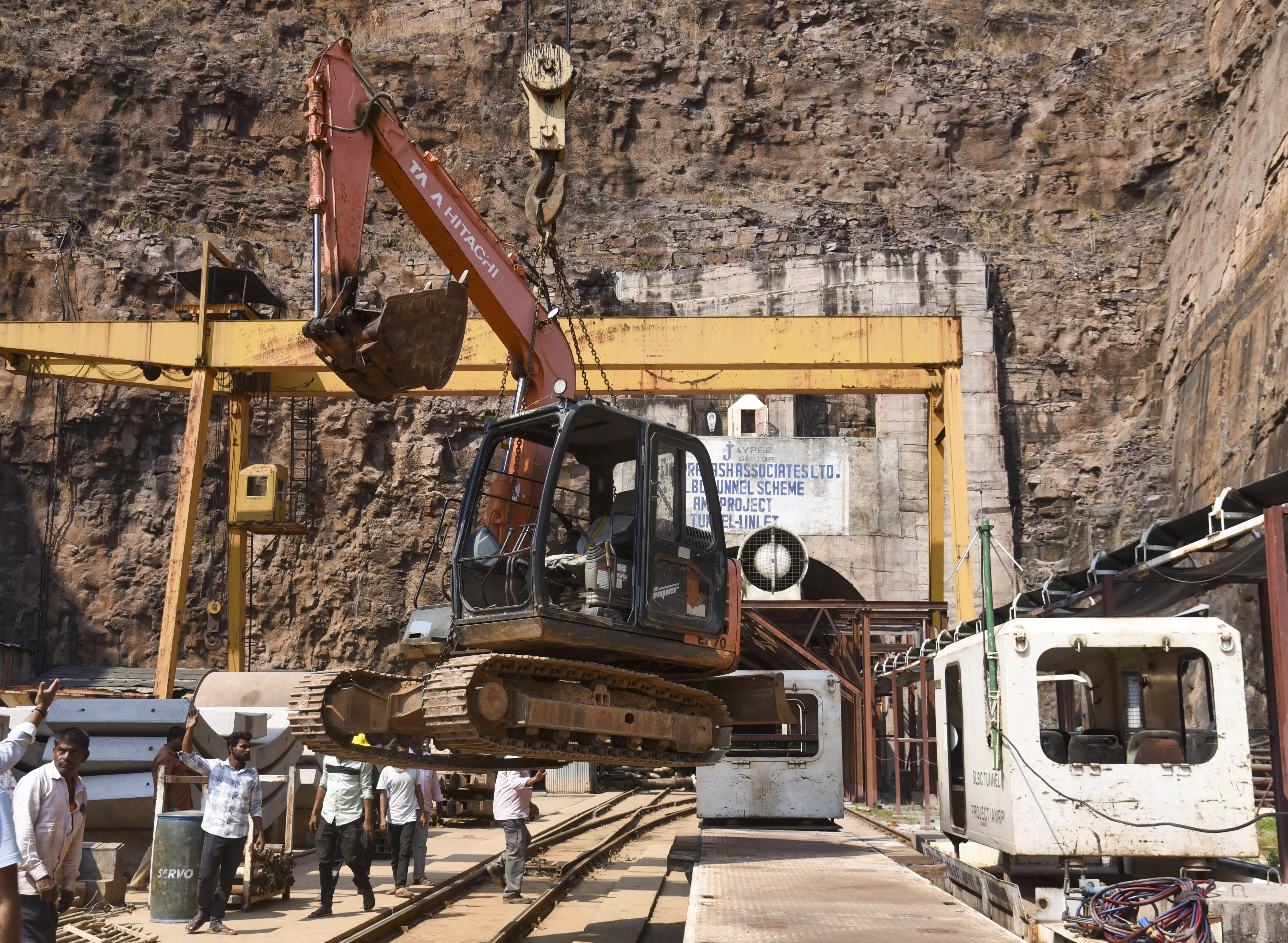DC Edit | Safety lapses in tunnel mishap
Seepage of water in such projects, when it comes to any kind of tunnelling, say for mining of coal, is a common phenomenon, is the explanation that is being offered

The Srisailam left bank (SLBC) tunnel collapse in which there are increasing fears over the eight workers who listed missing, raises important questions on just how prepared we, as a nation, are when it comes to safety. While it is too early to any inquiry or a similar action that usually follows a disaster such as this, some aspects bear at least a quick examination on what may have gone wrong.
Unexpected geological events, to which the collapse in the under-construction tunnel is being attributed, may be an explanation as to why it happened, in a manner of speaking, but the likelihood of such an eventuality appears to have not been factored into with the level of attention it merited.
Seepage of water in such projects, when it comes to any kind of tunnelling, say for mining of coal, is a common phenomenon, is the explanation that is being offered. While this may be so, there is nothing that prevented either the government or the contractors from being proactive and taking up a detailed study of the geology along the planned length and alignment of what would become the largest irrigation tunnel in the world once completed.
What makes this incident more galling is that no one appears to have noticed the presence of a seasonal stream on the surface, very close to the point where the tunnel collapsed, because of a sudden and dangerously heavy flood.
Until safety becomes the priority of every actor involved in any project, and even the remotest possibility of an accident is studied in advance by taking into account every possible variable, the country may see more such disasters, unless of course, such an incident is truly triggered by circumstances beyond human control. In the SLBC tunnel case, this does not appear to be so.
This aspect, however, in no way takes away huge credit that is due to the rescuers, whether from the NDRF, SDRF, the Army and the Navy, or private entities that have pitched in with their own expertise in search and rescue operations and are facing with what can easily be described as insurmountable challenges inside the partially collapsed tunnel.

